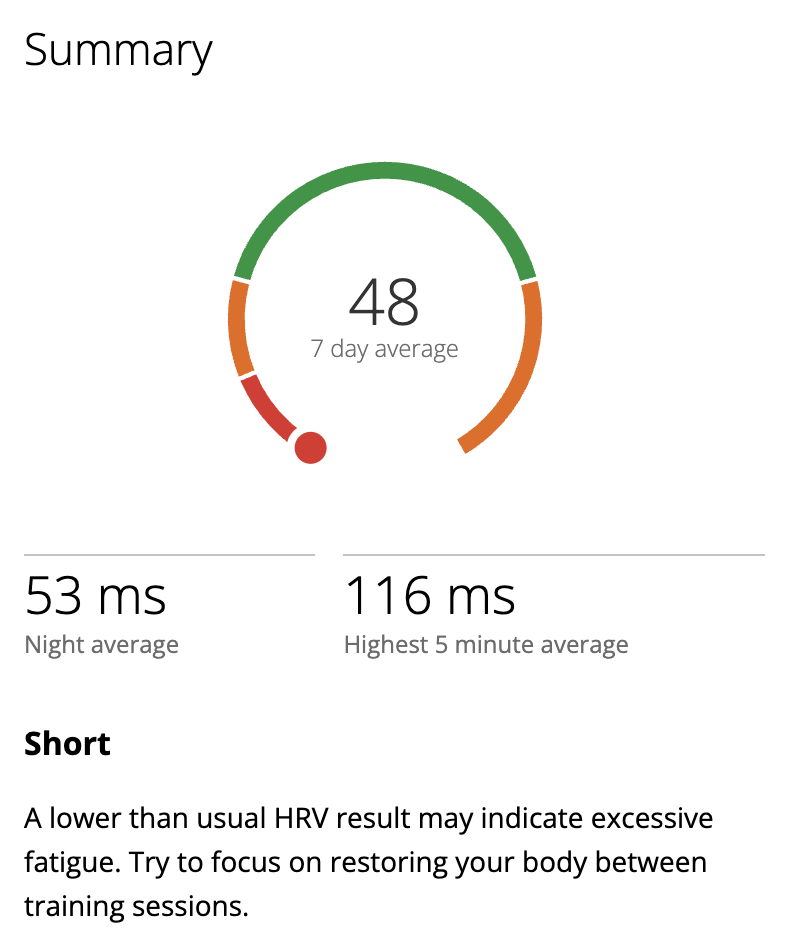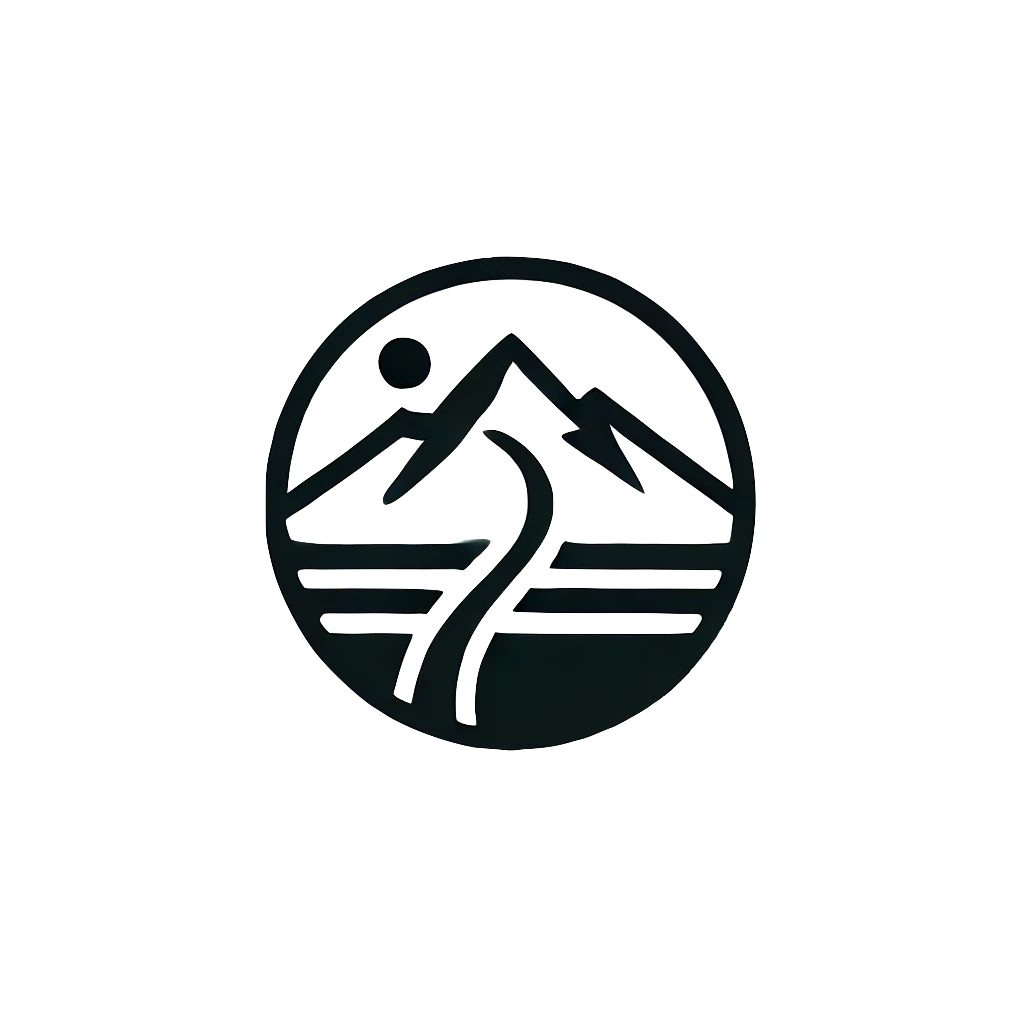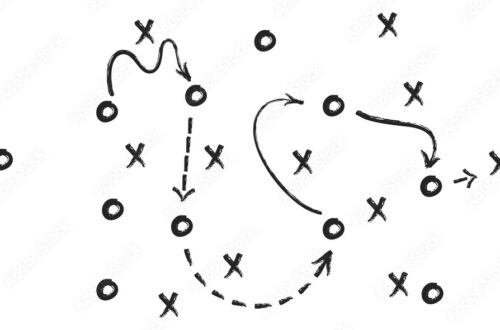
When Low HRV Speaks Louder Than Your Ambition
Today was supposed to be a restart. Yesterday was a full day off. No training, no pressure, just food, sun, a little walking. This morning, I went for a super easy jog — short, slow, almost ceremonial. And still… I feel drained.
My HRV readings have been sitting at the bottom for the second day in a row. Not dipping slightly, not fluctuating — just consistently low. That kind of signal, when combined with how I feel physically, can’t be ignored. Not anymore.
Does It Make Sense to Train with Low HRV?
There’s this persistent myth — especially in the hybrid, hard-charging world of “no excuses” training — that showing up and doing the work no matter what is the key. That fatigue is just weakness leaving the body. That the only bad workout is the one you skipped.
Let me be clear: training with severely suppressed HRV is a recipe for stagnation, injury, and burnout.
HRV — heart rate variability — is one of the most reliable indicators of how well your autonomic nervous system is handling stress. A low score isn’t just a number. It’s a red flag that your body is under strain — from training, life, poor sleep, psychological tension, or all of the above.
Chronic low HRV has been linked with increased injury risk, overtraining symptoms, and immunosuppression in endurance athletes. Regular monitoring of HRV is recommended as a non-invasive tool to assess recovery status and readiness for training.
More about monitoring HERE! 101: Performance Metrics
When to Listen and When to Adapt
Here’s the nuance: one low HRV reading doesn’t always mean you need to pull the plug. If you had bad sleep, too much caffeine, or just a stressful day at work, your HRV might drop — but you can still train, just smarter:
- Opt for Zone 1 movement like walking, light cycling, swimming.
- Replace hard efforts with mobility work and movement quality drills.
- Cut volume and reduce intensity — that includes strength work.
But when low HRV stays for more than 48 hours, even after a rest day, and you’re waking up feeling like someone pulled the plug on your system — it’s time to step back. Not sideways. Not with a warm-up that turns into a threshold run. Step. Back.
“The athlete must always listen to the body more than the schedule. Data such as HRV, sleep quality, and subjective fatigue provide crucial feedback for sustainable performance” — Joe Friel
Today’s Adjustment
My gym session for tomorrow? Scrapped the weights. It’s now a pure mobility and flexibility day, nothing more. If my metrics and mood don’t start climbing by Thursday, that run is off the calendar too. Not postponed. Canceled.
The goal is not just to survive the week or “get through” a plan. It’s to adapt and grow, and that means having the maturity to admit when recovery needs to come first.
Pro Tip:
If your HRV tanks and stays down, it’s not just a data point. It’s a biological protest. Don’t shout over it with another ego-driven session. Reset, refuel, re-center.
Recovery is Part of the Plan
There’s no honor in pushing through when your system is telling you it’s overwhelmed. This isn’t about motivation. It’s about capacity. You can only load what you’re ready to carry.
So no — I’m not “off plan.” This is the plan: a flexible, responsive system that knows when to press and when to pause. This is how you stay in the game long-term. Not by pretending you’re a machine, but by treating your body like the living, adapting organism it is.



